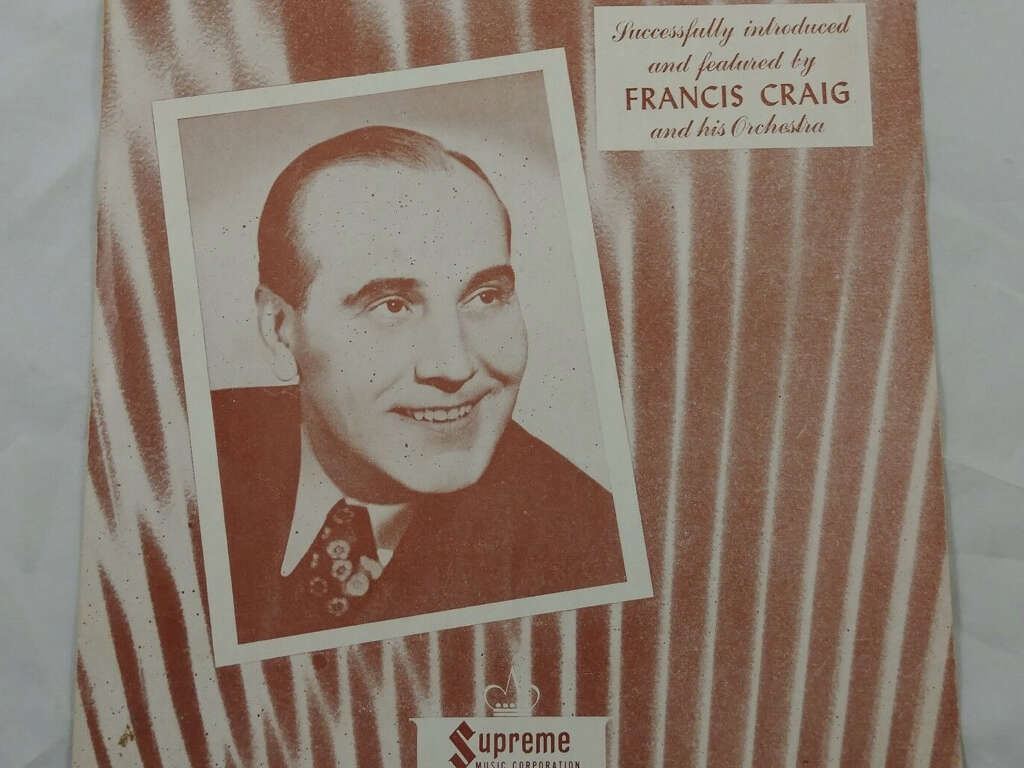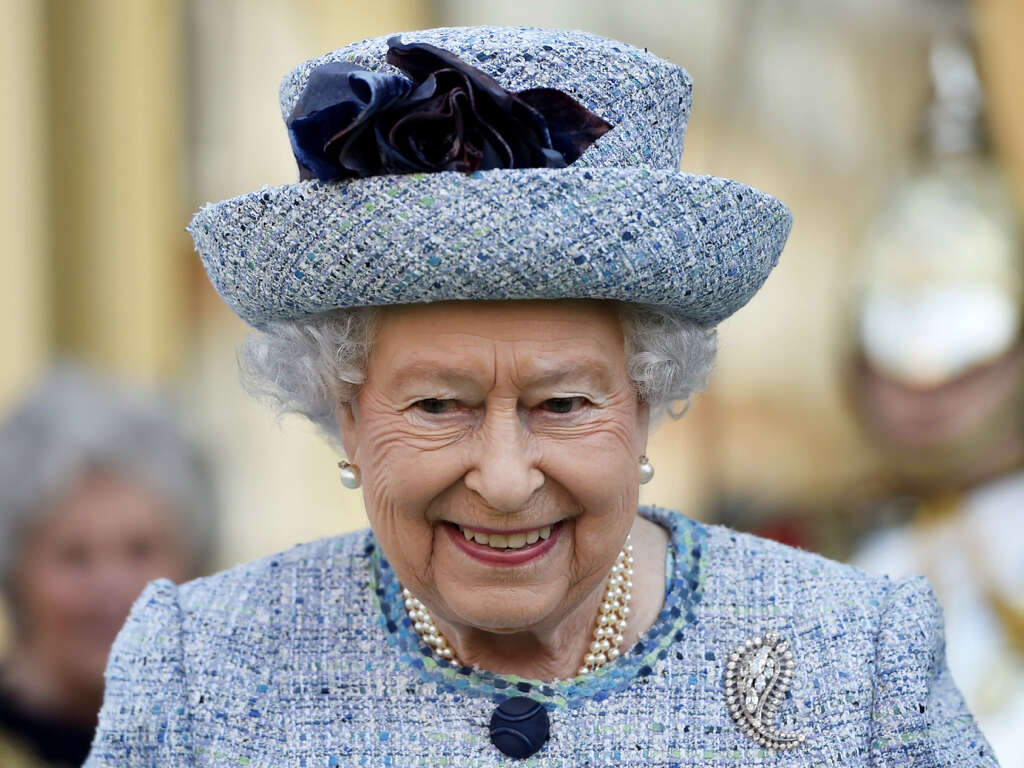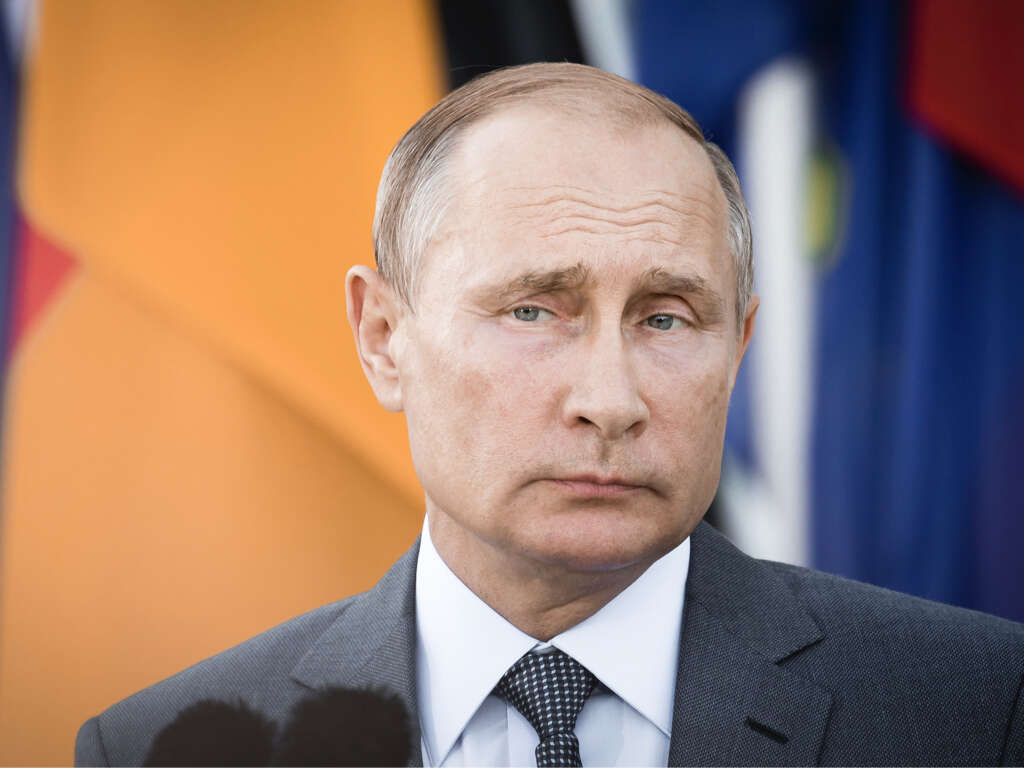What Is Fascism?
Fascism is a method of government that involves far-right policies and authoritarianism. Fascists are generally ultranationalists and will use violence to suppress anybody that opposes their rule. Fascist leaders tend to be brutal dictators, and civilians will often be oppressed according to sexuality, race, religion, physical impairments, and other demographics.
A fascist government will rescind all civil rights and implement totalitarian rule. It has been used in the past to form powerful military forces that are well-equipped with help from a subservient workforce, and even slaves. Here is a look at some of the most notorious fascists that have ever lived:
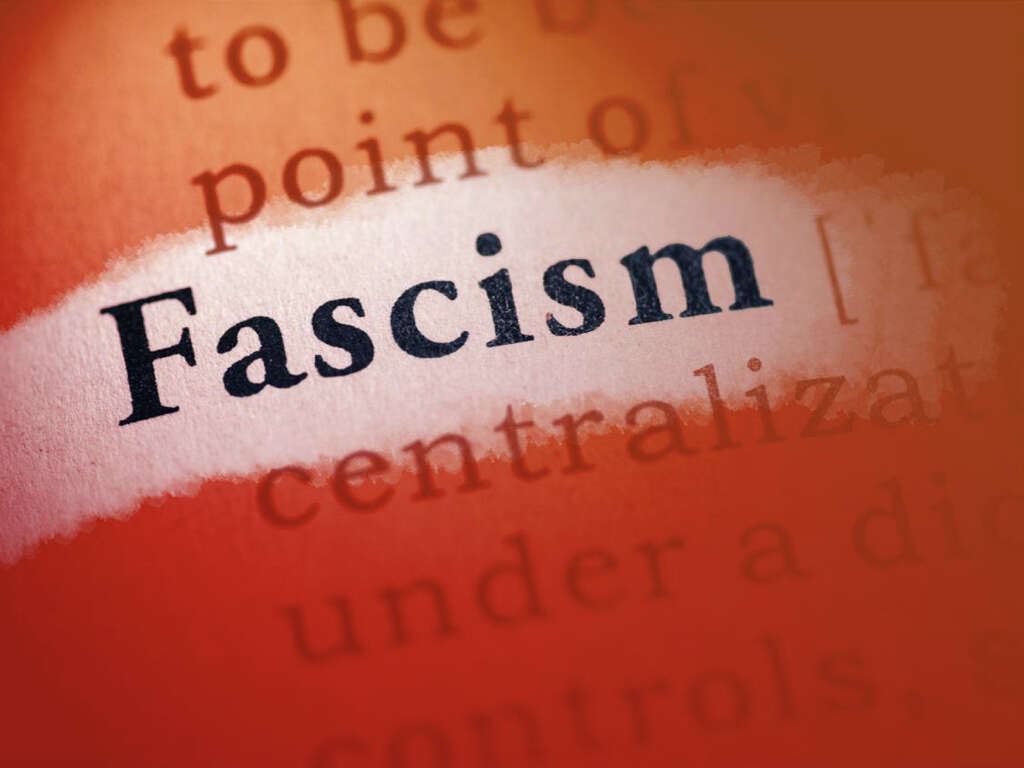
1. Sir Oswald Mosely
Many of you will recognize the name from the TV drama: Peaky Blinders. While not all of the show’s characters are based on real people, Sir Oswald Mosley was very real indeed. He was born into wealth and was a 6th Baronet, hence the title “Sir” was hereditary in his case. Mosley first joined government as a conservative, and later found himself moving to the Labor party. Due to disagreements with party policies, he resigned from labor despite being tipped as a future Prime Minister, and would later go on to form the British Union of Fascists. His party did not gain significant support, and it was banned in 1940.
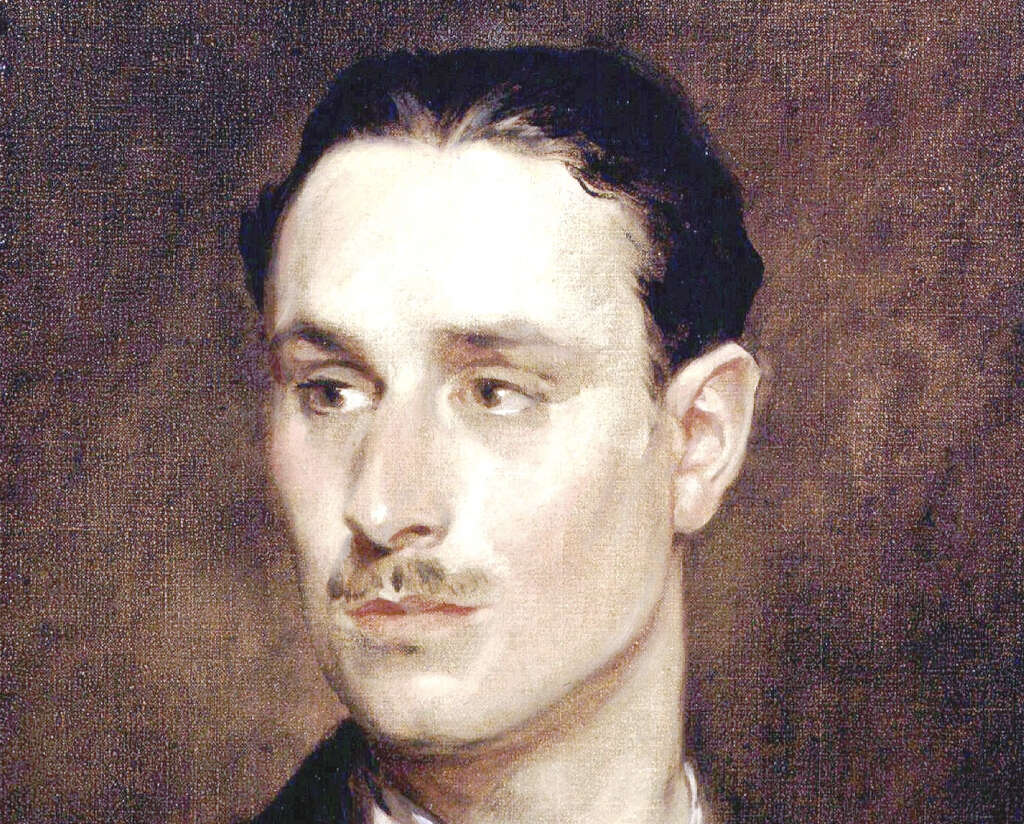
2. Plinio Salgado
Plinio Salgado was the founder and leader of the Brazilian Integralism Party. His party was modelled on other European fascist parties, particularly Italian fascism. It differed from Nazism, and other fascist parties, because the Integralism Party was not racist, although some of the more extreme members did hold antisemitic views.
Brazil was then governed by the dictator President Getulio Vargas. Vargas sought support from the Integralist party which by now was gathering momentum with a strong right-wing support. In 1937, Vargas acquired a full dictatorship and felt threatened by the Integralist party and turned against them. The Integralist party was disbanded, but Salgado returned to politics when Vargas’ dictatorship came to an end.

3. Idi Amin
Idi Amin, also known as the The Butcher of Uganda, was the Ugandan President from 1971 to 1979. Amin was the commander of the Ugandan army and launched a successful military coup in 1971 when he learned the then president was going to have him arrested. Amin has the reputation of being one of the most brutal leaders the world has ever seen.
He oversaw oppression and persecution and his reign was plagued by human rights abuses. His leadership was also marked by extreme corruption and nepotism, alongside mismanagement that added to the suffering of the Ugandan people. Estimates put the death toll during Amin’s reign at between 100,000 and 500,000.

4. Juan Peron
Juan Domingo Peron was elected as the President of Argentina three times. He was married to Eva Duarte, who is also often known as Eva Peron, or just as “Evita.” There are many that were actually supportive of his leadership because of his attempts to eliminate poverty. Despite the positives, his leadership was still marked by violence.
His rule was dictatorial and anybody that tried to defy him was crushed. He also spoke of his fondness for other fascist rulers and went on record expressing his admiration for Italian dictator Benito Mussolini. He also gave sanctuary to Nazi war criminals once WWII had ended.
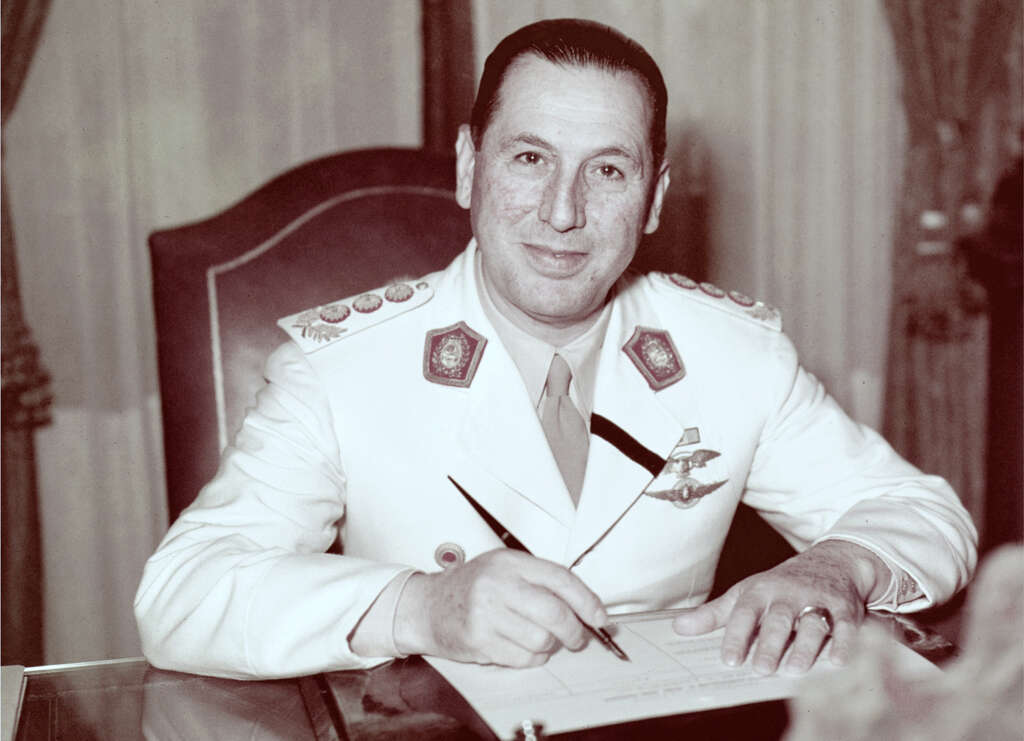
5. Francisco Franco
Francisco France was Spain’s head of state between 1936 and 1975. He had the title of Caudillo, which roughly translates into English as “strong man,” or “dictator.” Franco rose to the position of General in the Spanish army, and was the youngest general in all of Europe at the time, attaining the rank at only 33 years old. In 1936, he helped lead a failed coup against the government.
This led to a civil war and, as other generals were killed, Franco became the most powerful man in the country. He was appointed head of state and Generalissimo in 1936. After winning the war, he became even more powerful than before, and he had a brutal reign that saw the deaths of around 100,000 to 200,000 people.

6. Ion Antonescu
Ion Antonescu was the Prime Minister of Romania between 1940 and 1944. He gave himself the title Conductor, which roughly translates into English as leader. The title is seen by many to be the equivalent to Duce in Italian fascism and Fuhrer from German Nazism. Antonescu lead Romania throughout much of WWII and clearly sided with Hitler, Mussolini, and the other axis powers.
Under his rule, Romania also joined the axis in Operation Barbarossa, the name given to the attempted invasion of Russia. Antonescu was a contributor to the holocaust and his policies were responsible for the deaths of approximately 400,000 people. He was tried and executed after the war for war crimes.
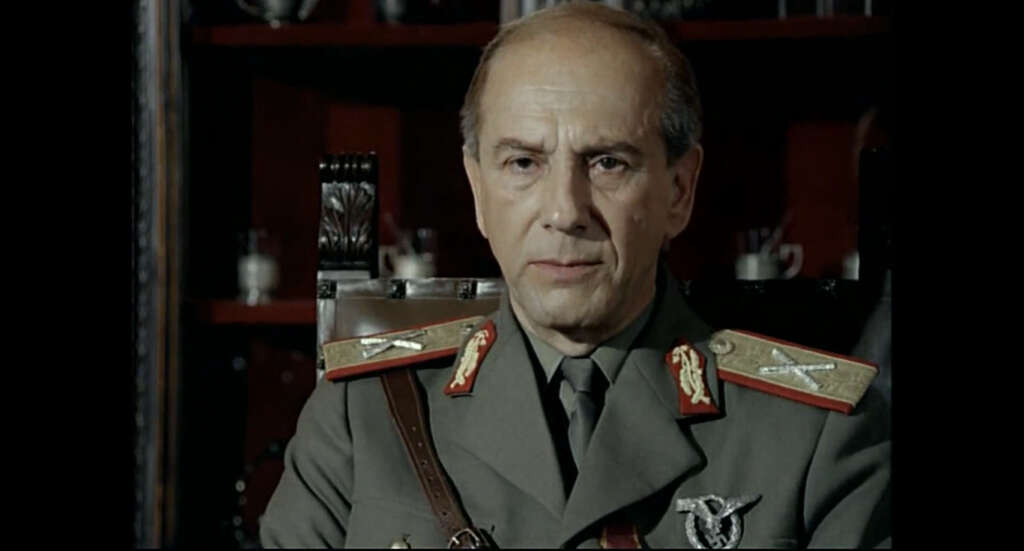
7. Antonio de Oliveira Salazar
Antonio de Oliveira Salazar was Portugal’s 100th Prime Minister, a position that he held from 1932 to 1968. He founded the Estado Novo (New State) movement, and the movement was considered by many to be Clerical fascism. This was because while he was very keen on fascism, he also recognised the strong Catholic community in Portugal at the time.
Under Salazar, Portugal remained neutral in WWII, although he still provided assistance to the allies. He even opposed anti-Semitism and even gave Jews sanctuary, despite him keeping a picture of Mussolini on his desk. He is known by some as the best dictator that ever lived and some believe that his totalitarian rule was almost benevolent.

8. Ante Pavelic
Pavelic was the Prime Minister of Croatia between 1941 and 1945. He held the position of “Poglavnik,” which translates roughly as “first and foremost.” He founded the Ustase, which was a racist, ultranationalist, fascist organization.
The organization was modelled closely on German Nazism. As leader of the Ustase and of Croatia, Pavelic was known for his brutality during his time. Racial minorities were oppressed and Romani, Jews, and Slavs were considered to be sub-human by the regime. His political opponents were also persecuted. Pavelic and the Ustase were also devout Roman Catholics, and Croatians were persecuted or favored according to their religious beliefs.
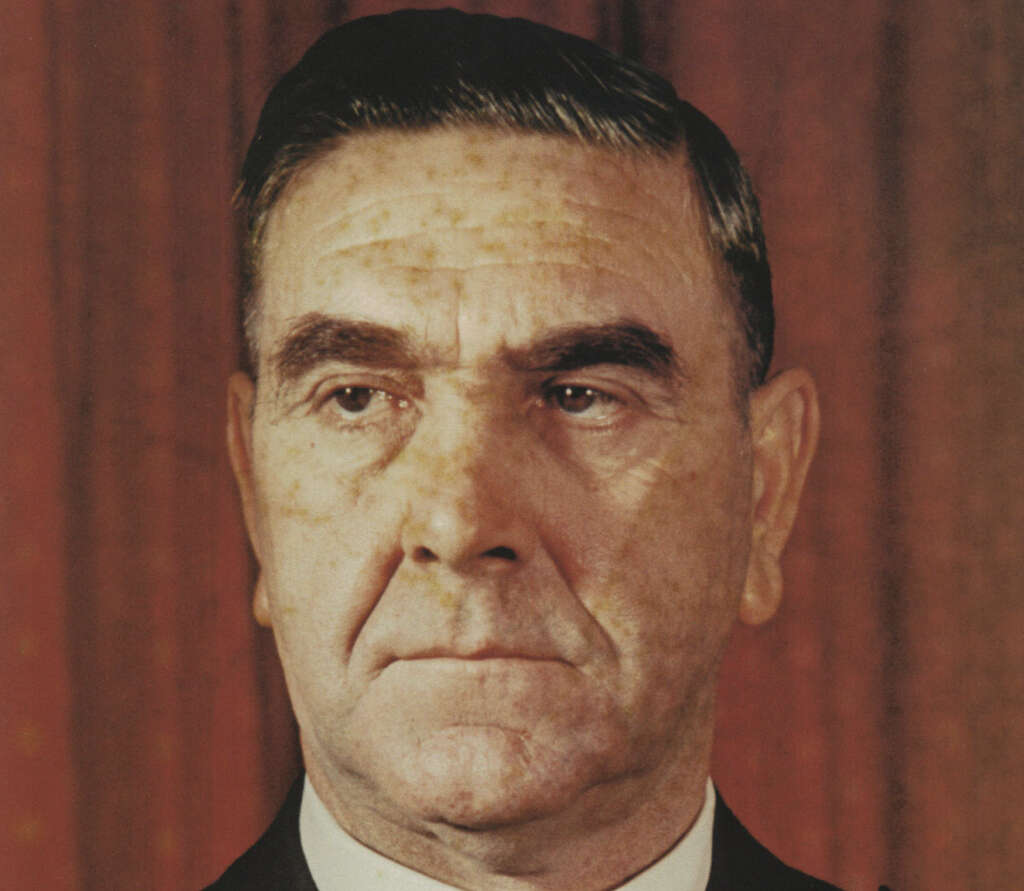
9. Benito Mussolini
Benito Mussolini was the Prime Minister of Italy from 1922 to 1943. He was commonly referred to as “Il Duce,” which translates into English as “The Leader.” Benito Mussolini was the founder of fascism and was also the inspiration for other fascist movements.
He is still idolized today by many that are sympathetic with fascist ideals. Mussolini was not only nationalistic, but also expansionist, and looked to spread his brand of fascism to other parts of the world. During WWII, Mussolini was perhaps Hitler’s greatest ally and helped Hitler to fight against the allied forces directly. Mussolini was executed on April 28, 1945, by an Italian Partisan.
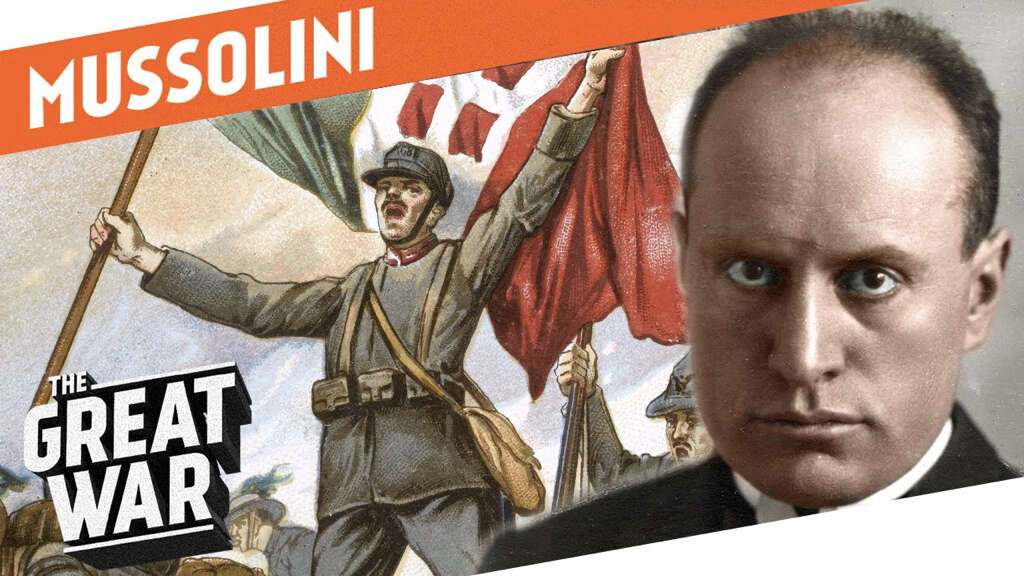
10. Adolf Hitler
Mussolini may have been the founder of fascism, but he was not the most notorious. That title goes to a certain Adolf Hitler, the man responsible for the holocaust and WWII. He became the leader of the Nazi party in 1921 and rose to the position of Fuhrer in 1934. On September 1, 1939, Hitler’s Germany invaded Poland, triggering Britain and France to declare war, resulting in WWII.
Hitler also ordered the horrific extermination of Jews and as many as 6 million Jewish people were killed. The war became a global conflict, and lasted until May 8, 1945, when Germany was eventually forced to surrender to the allies. Hitler took his own life by shooting himself on April 30, 1945, when it became clear that he had lost the war.




